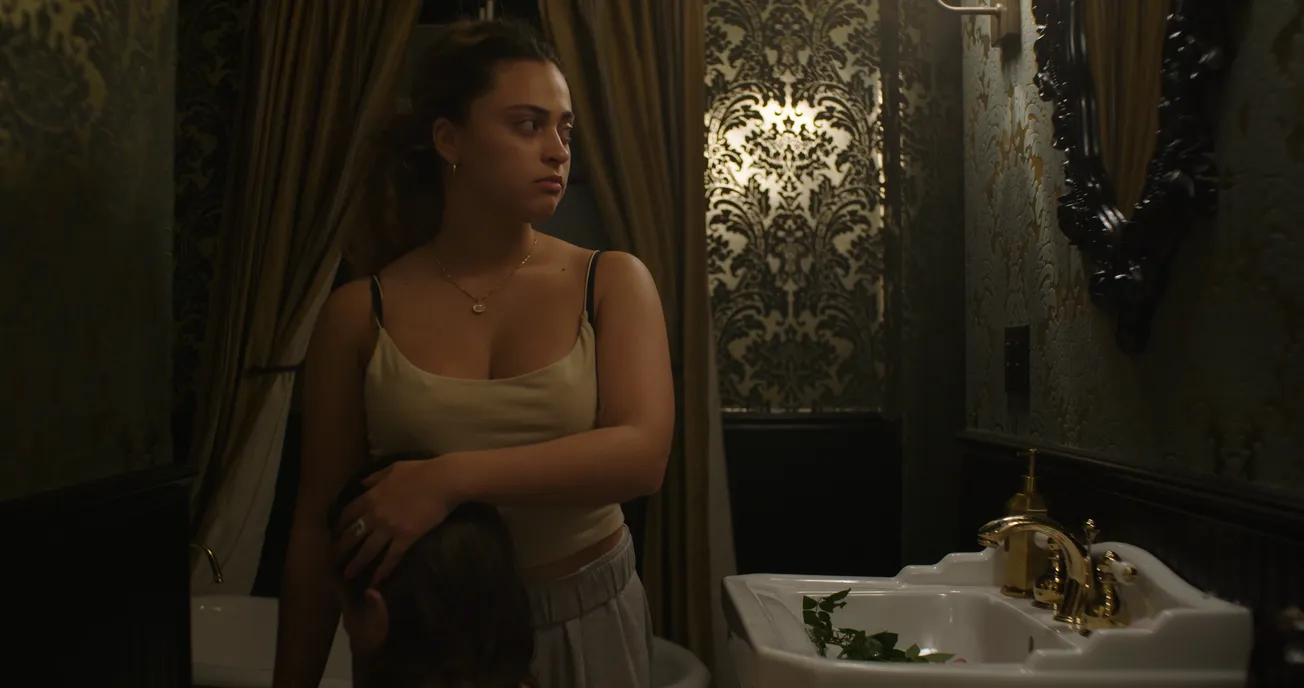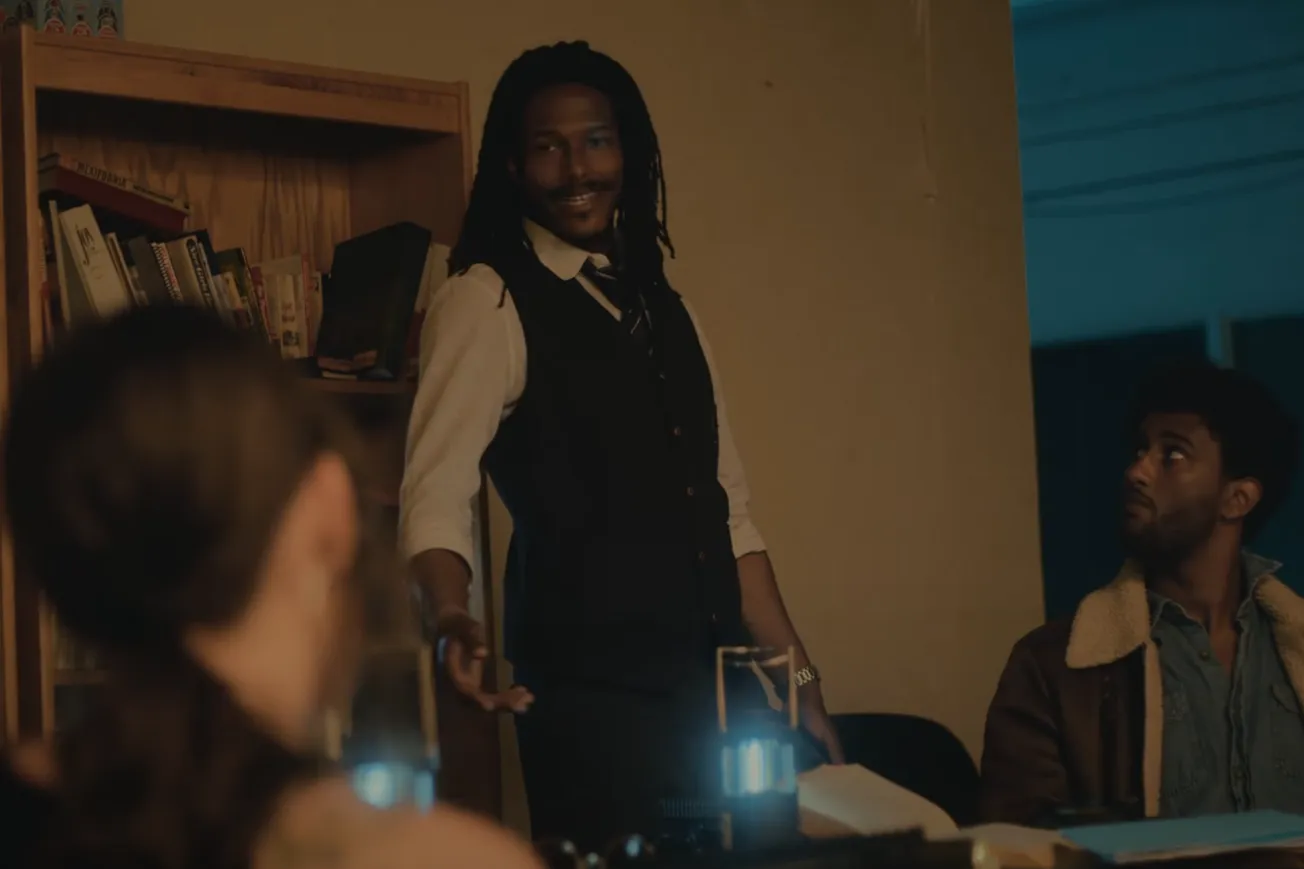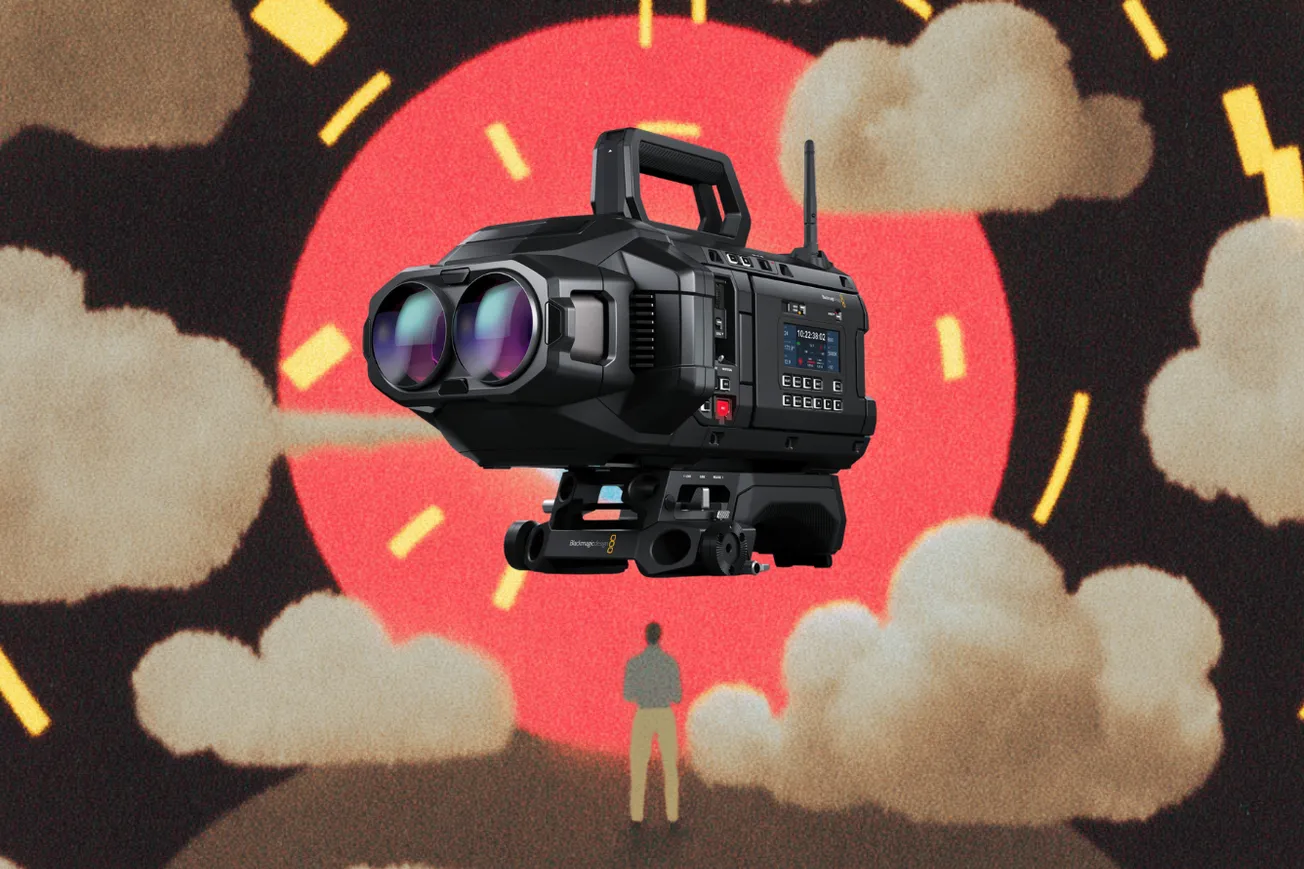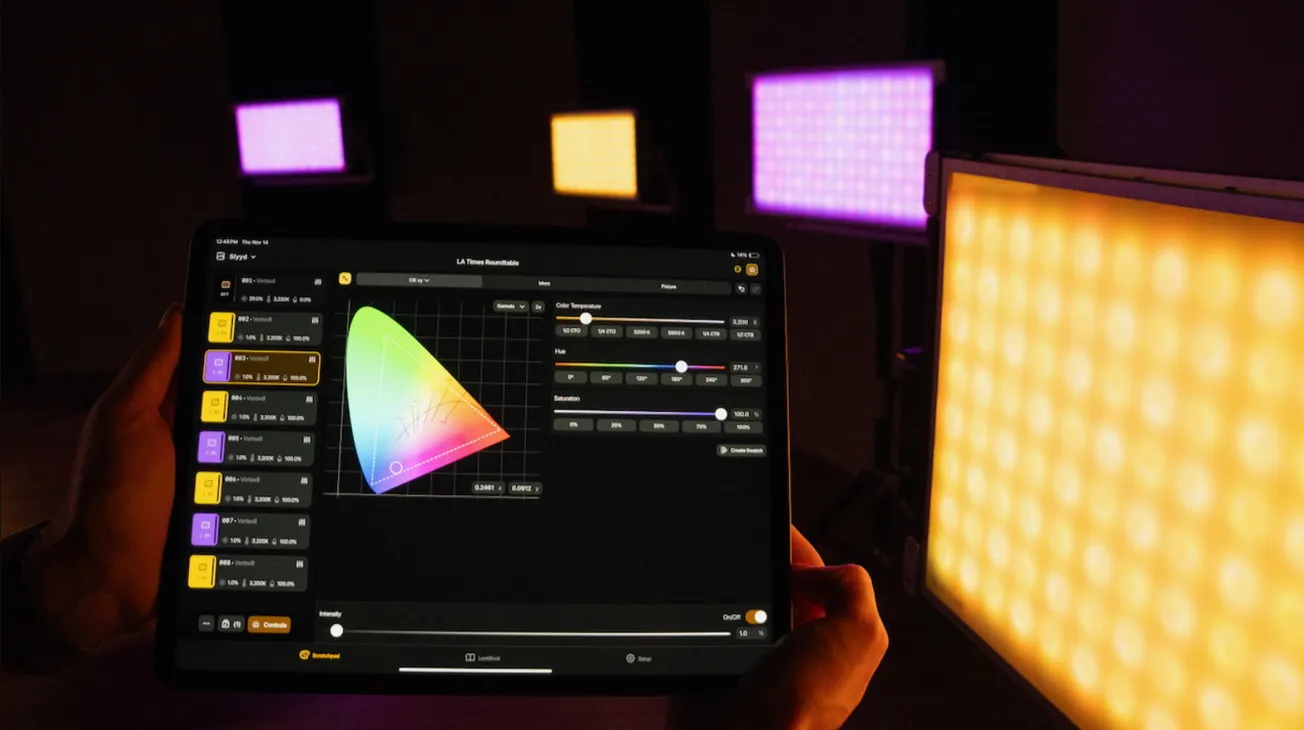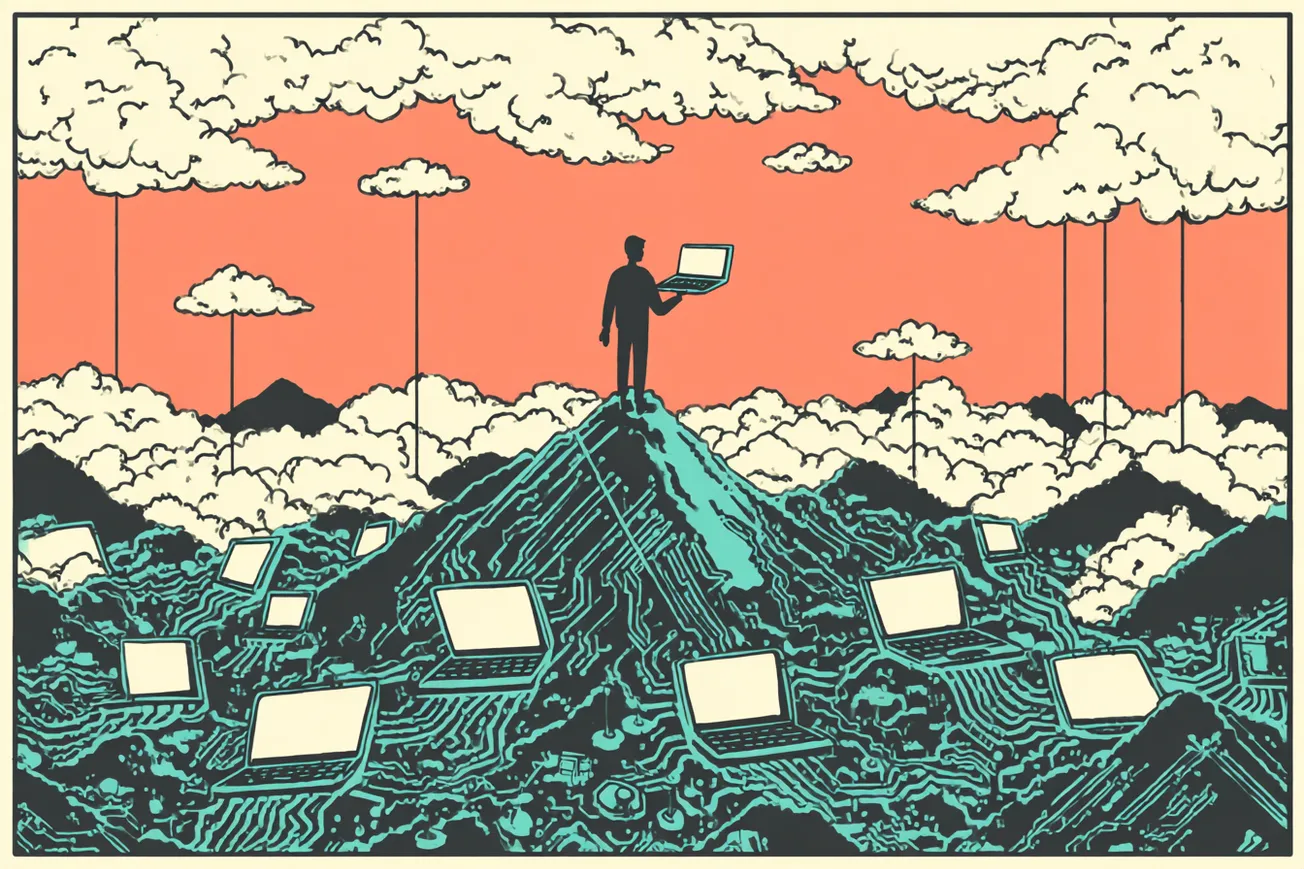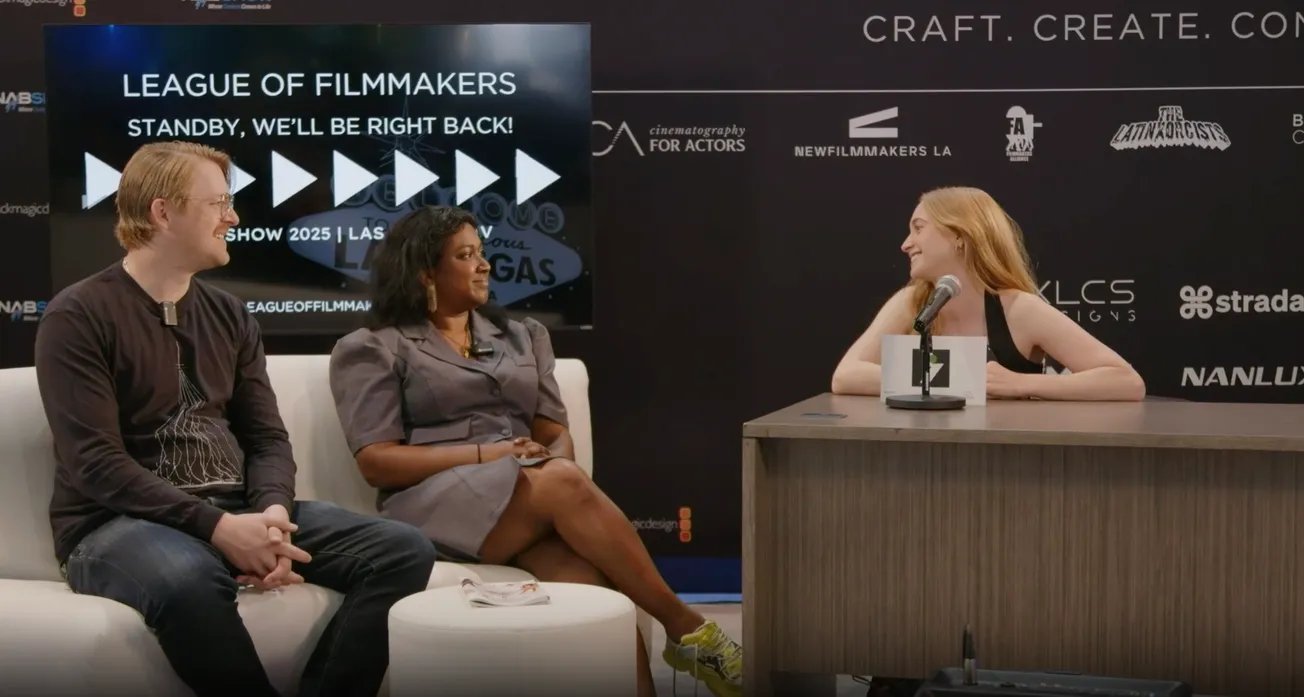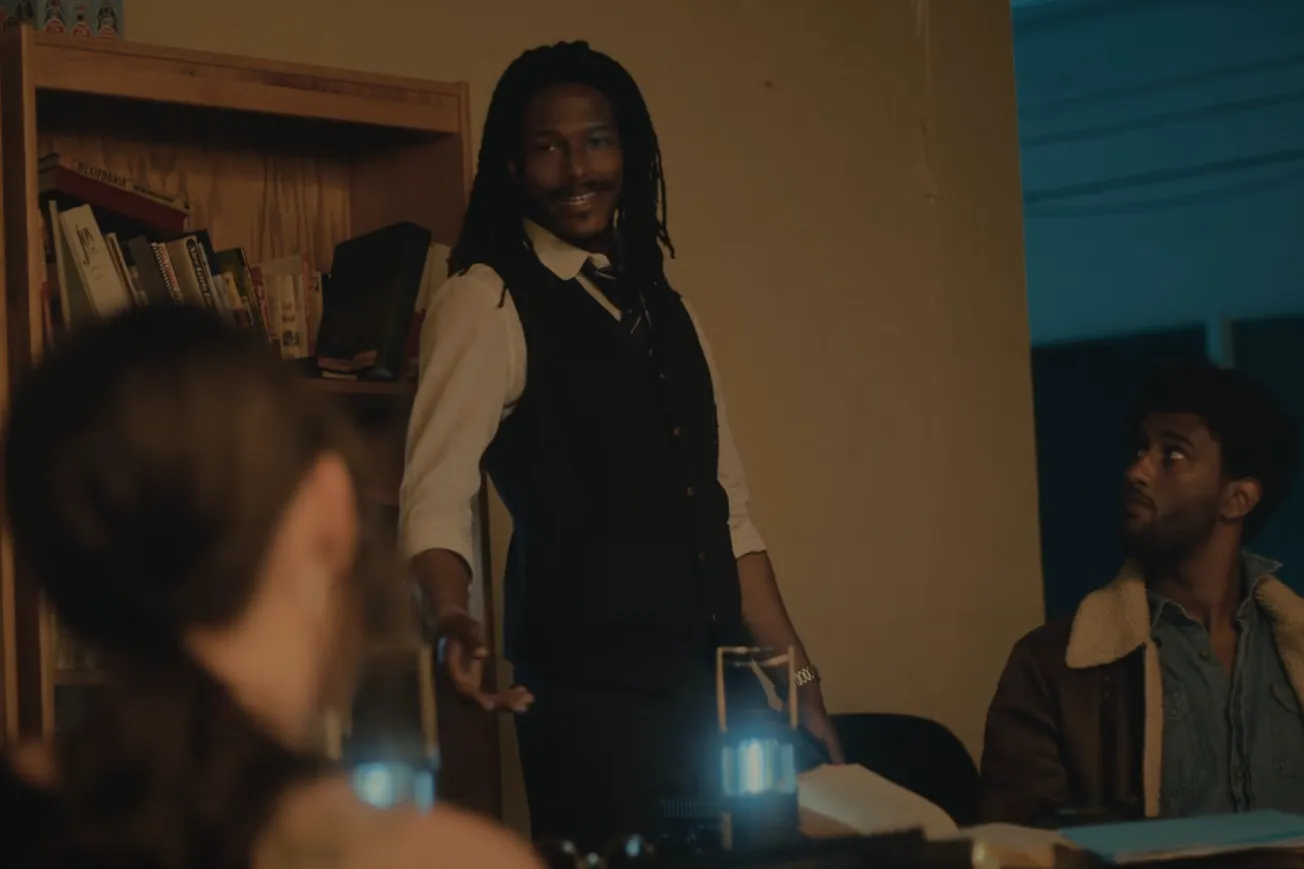Table of Contents
Three Key Takeaways
- Filmmaking is an intuitive and emotional process that requires just jumping in and doing it, rather than relying solely on theory.
- Building a team that understands the emotional and societal stakes of the story is crucial for indie filmmakers, as it affects both the creative latitude and the energy on set.
- Creative risks, such as experimenting with unexpected filming techniques, can lead to profound insights about a film's core themes, potentially transforming the narrative.
Sydney Ribot's journey as a filmmaker has taken her from the Bible Belt to the bustling creative scene of Los Angeles, where she's honed her craft across continents and genres. Her latest work, "Prayer is Whatever You Say on Your Knees," a film steeped in the complexities of modern intimacy, recently won the CFA Quarterly Film Challenge.
In this conversation, Sydney shares her insights into the filmmaking process, the importance of taking risks, and the power of collaboration.
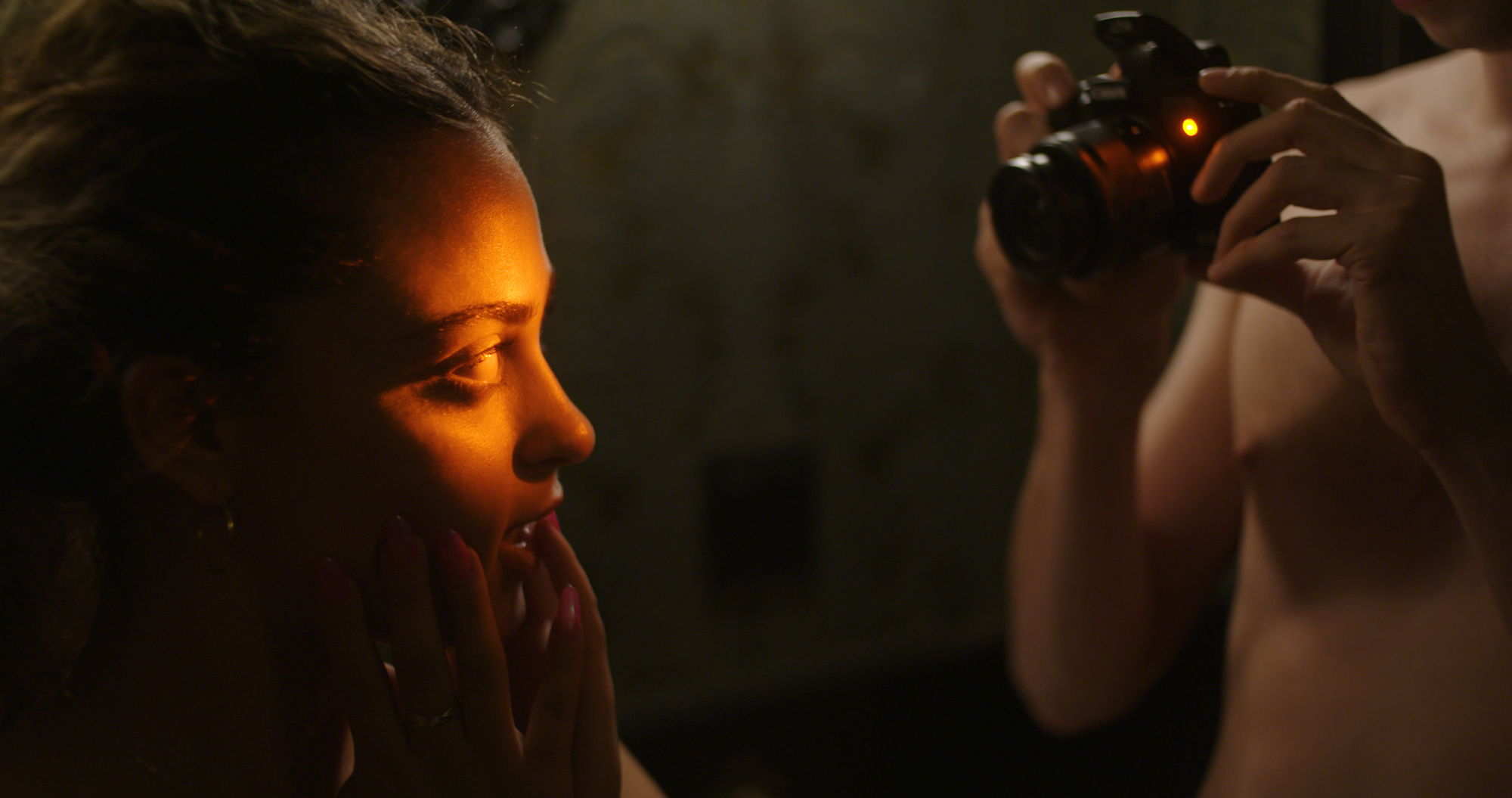

Can you tell us a bit about the genesis of "Prayer is Whatever You Say on Your Knees"?
The film is part of a larger narrative from my feature script, "Nails," which is a darkly comic exploration of modern intimacy. "Prayer" is actually a scene from the end of Act 1 in "Nails." The challenge was an opportunity to workshop this scene and test out collaborations with my team. It's personal but not autobiographical, and I aim for audiences to oscillate between laughter and tears before settling on hope.
"Filmmaking is not theoretical, it’s intuitive. It’s emotional. The only way you’ll know is by doing it."
What was your approach to directing such a tonally sensitive piece?
The key was calibrating moments to balance emotional weight and humor. I don't want viewers to watch it once for a draining catharsis. Instead, I want them to revisit it, engaging with the characters as they would with friends, shouting advice at them. It's about dramatizing the mental prisons we create for ourselves, and for me, it's essential that viewers can see themselves in the story.
"I want audiences to oscillate between laughter and tears before settling on hope."
How did you prepare for the challenge, and what was your biggest creative risk?
We had just a week to prep, a weekend to edit, and a very small team of eight, including actors. The biggest creative risk was turning the prop camera on. It transformed a static moment into a dynamic one, allowing us to explore the characters’ codependency through a different lens. This decision resonated with the audience, and it gave me new insights into how to write Act 2 of the feature.
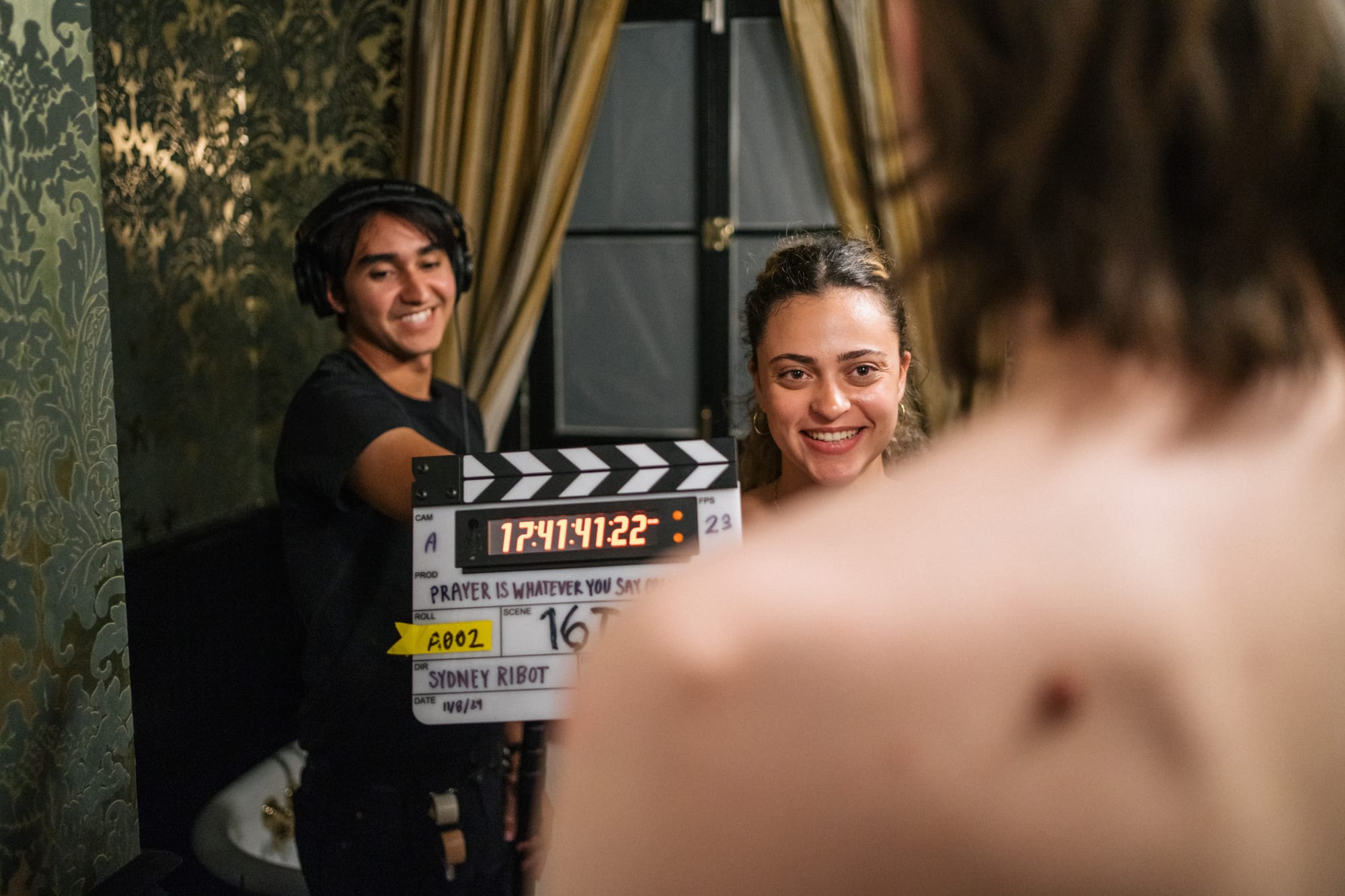
What surprised you during the production?
The process reinforced the idea that filmmaking is not just theoretical; it's intuitive and emotional. It also highlighted the importance of working with people who understand the story's stakes. Our team knew why we were making the movie, which gave us the latitude to tell the story with humor and sensitivity. Also, never underestimate the power of good set food—shoutout to Zankou Chicken!
What would you do differently next time?
I'd choose a different location. We faced restrictions on the number of people allowed on set, which limited our crew size. More hands on deck would have been beneficial.
Any advice for first-time challengers?
Just do it! Inde and Hae are creating fantastic infrastructure for indie filmmakers. The experience and insights you gain are invaluable.
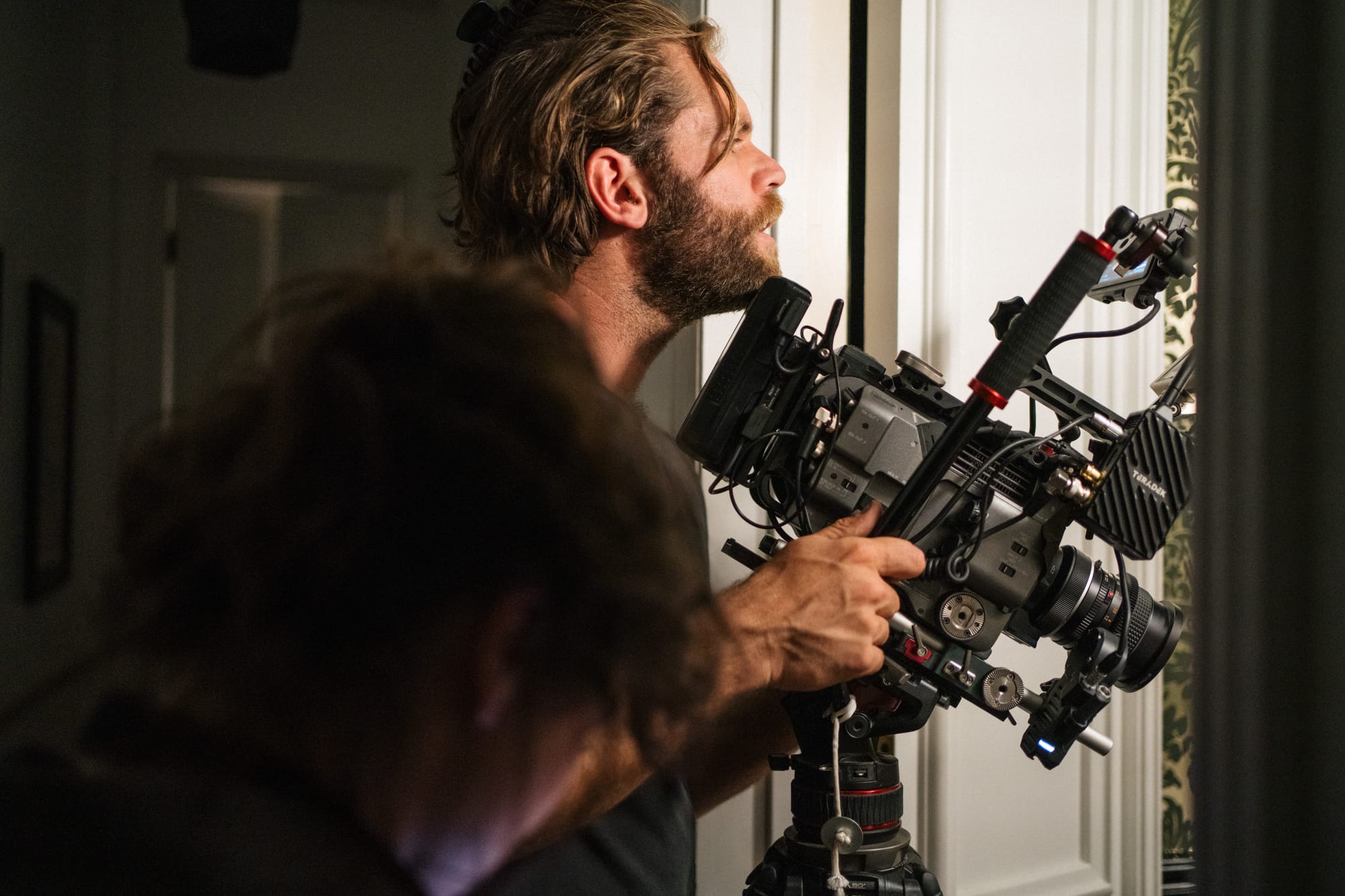
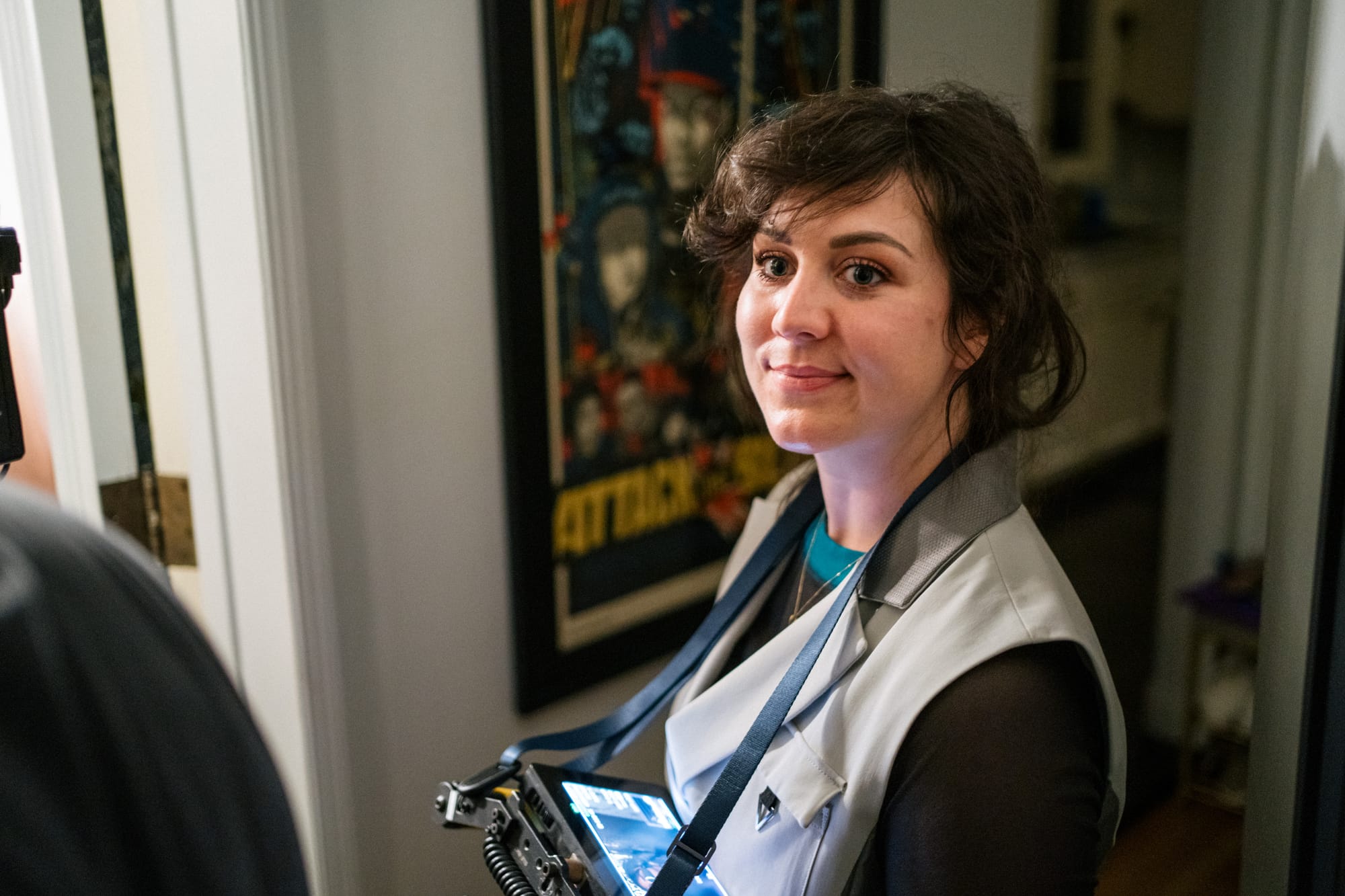
Behind the scenes from Prayer is Whatever You Say on Your Knees
What gear did you rely on during filming?
We shot with a Sony FX9 and Mamiya Sekor-C lenses, mostly using gear from our DP Austin Shelton's kit. It was a mix of what we had on hand and what we could borrow, which often is the reality in indie filmmaking.
Finally, how did the collaboration with your team come about?
I had previously worked with Mario, our editor, and I met Austin, our cinematographer, through a mutual friend years ago. Our gaffer, Ashley Pavicic, came through a recommendation from a previous collaboration. It's all about building and maintaining relationships in this industry.
"The process reinforced the idea that good intentions pave the road to hell, but that’s exactly why we tell stories."

